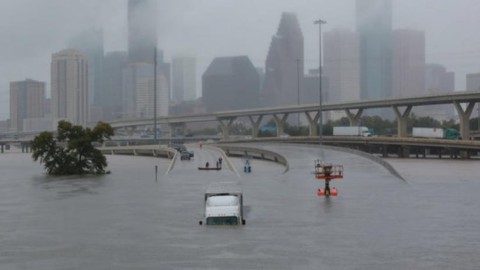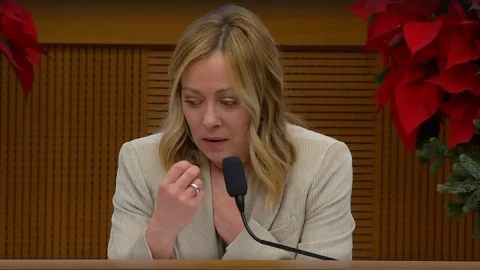Prevention is better than cure, as demonstrated by hurricane Harvey, which hit the Texan coast near Houston with extreme violence for about four days. The storm has now dissipated for days, leaving behind a critical scenario. The greatest damage was caused by exceptional flooding caused by torrential rains.
More than 60 people are killed, while property damage could exceed $180 billion, according to Governor Abbott. The intensity of the rainfall fits into a broader global context of climate change that affects large areas of the world, as demonstrated by the arrival of Irma on American affairs after the terrible "incursion" on the Caribbean.
Two trends emerge from the analysis of the catastrophes of recent years: while on the one hand the increasing number of atmospheric events of this magnitude has not caused a corresponding increase in the number of victims, on the other hand there has been a constant increase in material damage. The World Health Organization estimates that, in real terms, the global cost of damage caused by hurricanes is increasing by 6% each year.
These trends naturally depend on how the two variables of climate change and the activity of governments in terms of planning and risk reduction are combined. The UN Special Representative for Disaster Risk Reduction (DRR), Robert Glasser, stressed that it was only due to the high level of preparedness of the United States in the field of natural disaster prevention that Harvey's death toll was so low .
However Harvey highlights how even high-income countries are exposed to risk when large-scale construction is done in coastal areas exposed to tropical storms. This crisis has sparked a lively debate to review how the US DDR system works: by improving monitoring, prevention and response mechanisms, a state increases the chance of saving lives and the speed of recovery of affected communities, while allowing the government to save on the financing of huge post-disaster reconstruction (on average, for every Euro invested in risk reduction and disaster prevention activities, between 4 and 7 would be saved spent on responding to the consequences of disasters).
An important aspect is the contribution that comes from the US insurance sector - public and private - to finance the costs of disasters. Where there is – as indeed in the USA – a specific public coverage for the insurance of such catastrophes (the National Flood Insurance Program), accompanied by a developed private market of insurance policies.
The American programme, which dates back to the 60s, is today subject to criticism and needs reforms, but it has a feature which is very topical and useful in comparison with our country. The financing of catastrophes is not left to the decisions of the governments in each specific case, and to expenses "at the bottom of the list", but is supported by insurance mechanisms in which the public-private partnership is now essential.





